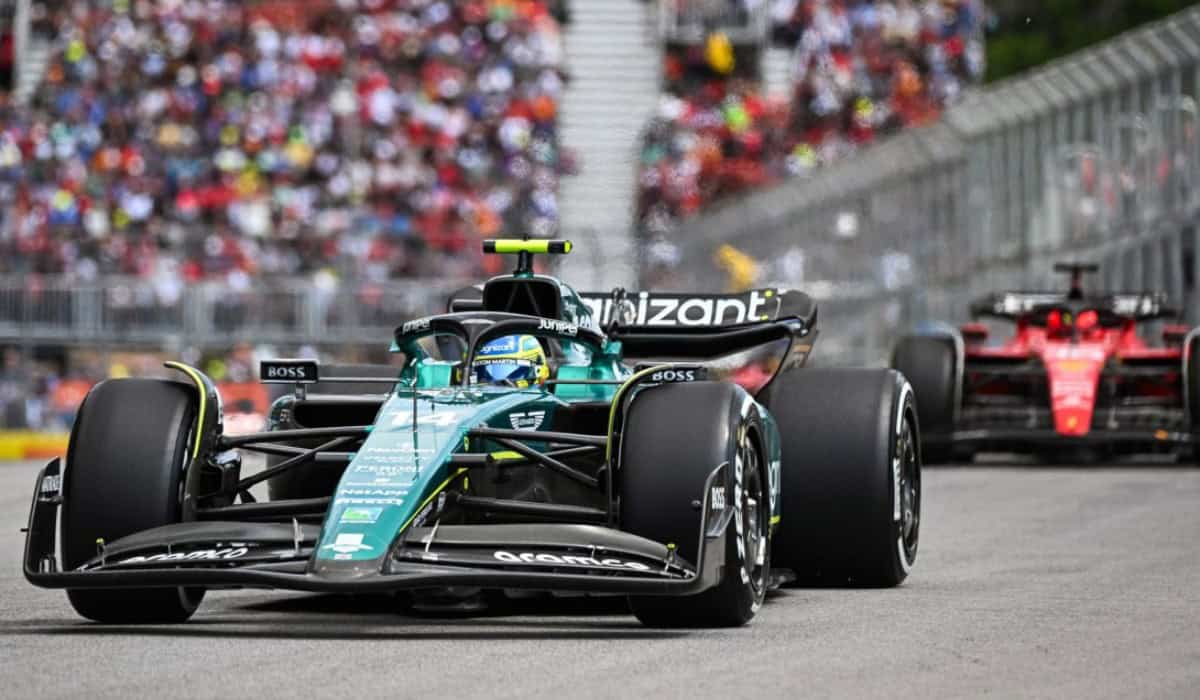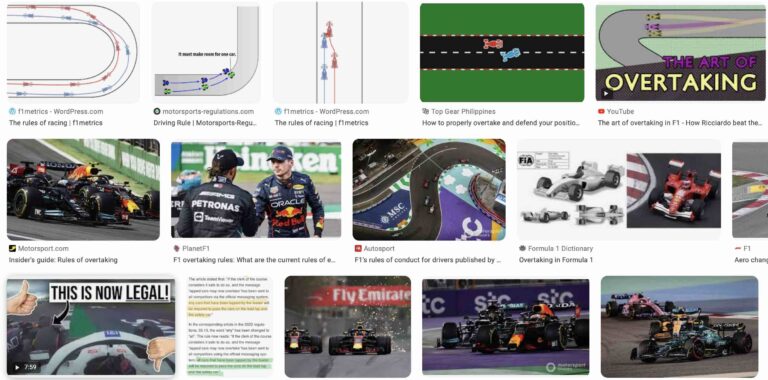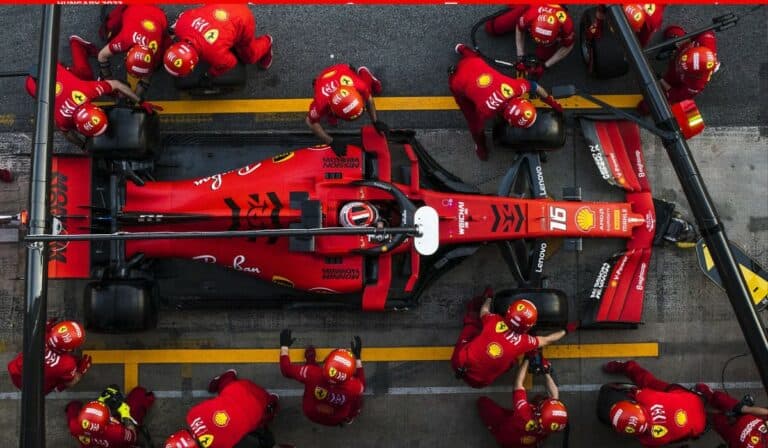How Fast Do Formula 1 Cars Really Go?
Formula 1 is known for its mind-boggling speeds, cutting-edge technology, and precision engineering. The sport pushes the limits of human and machine performance, making it a thrilling spectacle for motorsport fans worldwide. One of the most common questions about F1 cars is: How fast do F1 cars go? In this article, we’ll break down the speeds of these high-performance machines, including their top speed, average speed during races, and their remarkable cornering abilities.
The Top Speed of F1 Cars
F1 cars are incredibly fast, thanks to their lightweight design and powerful engines. On average, a modern Formula 1 car can reach speeds of up to 230 mph (370 km/h) on straight tracks, but this can vary depending on the circuit and specific car setup. For example, the fastest recorded speed for an F1 car during an official race was set by Juan Pablo Montoya at the 2005 Italian Grand Prix, where he hit an astonishing 240.1 mph (386.7 km/h) on the high-speed Monza track.
But why do F1 cars go so fast? The answer lies in their powerful turbocharged V6 engines, which produce over 1,000 horsepower, combined with the lightweight carbon fiber construction that minimizes weight without sacrificing strength. Additionally, aerodynamics play a huge role in helping F1 cars maintain high speeds.
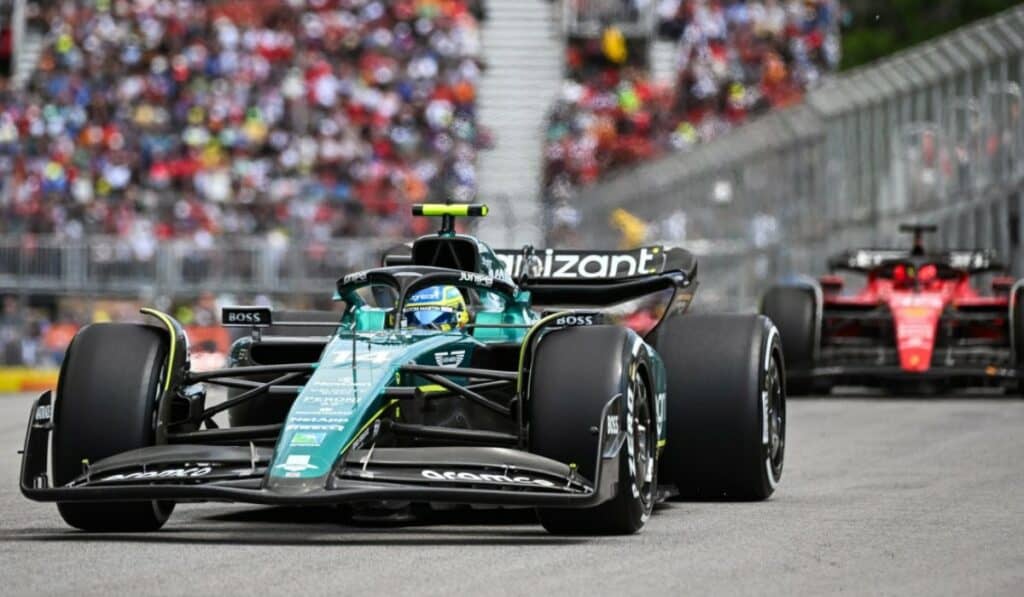
Key Factors That Influence F1 Car Top Speeds:
- Engine Power: The V6 turbocharged engines in F1 cars deliver massive power, which directly impacts the top speed.
- Aerodynamics: The streamlined shape of an F1 car reduces drag, allowing it to reach higher speeds.
- Tire Choice: The type of tires used during a race also plays a significant role in maximizing the car’s top speed, with softer compounds offering more grip and faster acceleration.
Average Speed During F1 Races
While top speed is certainly exciting, it’s important to consider that F1 cars often spend more time at lower speeds during races. The average speed of an F1 car depends heavily on the circuit layout, including the number of corners and the length of the straights.
On most tracks, the average speed during an F1 race is typically around 130 to 150 mph (209 to 241 km/h). However, on circuits with long straights, such as the Circuit de la Sarthe at the Le Mans 24 Hours, the average speed can be slightly higher, closer to 190 mph (305 km/h) during qualifying laps.
Factors Affecting Average Speed:
- Track Layout: Circuits with more tight corners will naturally lower the average speed of F1 cars, whereas those with long straights allow for higher speeds.
- Weather Conditions: Rain and high winds can drastically reduce the speed, forcing drivers to adjust their driving style.
- Tire Performance: The degradation of tires during a race can cause slight reductions in speed, especially towards the end of a stint.
How Fast Do F1 Cars Go Around Corners?
One of the most fascinating aspects of F1 racing is the ability of these cars to navigate corners at speeds that seem almost impossible. F1 cars have exceptional cornering abilities, allowing them to take tight turns at high speeds due to their advanced aerodynamics and mechanical grip.
In general, F1 cars can take corners at speeds ranging from 60 mph (97 km/h) in tighter, slower corners to over 200 mph (320 km/h) on high-speed corners like Becketts at Silverstone or Copse at Monza. The speed depends on the angle of the corner, the level of downforce, and tire conditions.

Why F1 Cars Are So Fast Around Corners:
- Downforce: F1 cars generate massive amounts of downforce through their wings and underbody, which pushes the car down onto the track. This increased grip allows for higher cornering speeds.
- Suspension System: F1 cars have incredibly sophisticated suspension systems that allow them to maintain grip even when cornering at high speeds.
- Tires: The high-performance tires used in F1 are designed to provide maximum grip while maintaining stability during cornering.
Notable Cornering Speeds:
- Slow Corners: In slower corners, F1 cars might reach speeds of 60–100 mph (97–161 km/h), depending on the sharpness of the turn.
- High-Speed Corners: On circuits with high-speed corners, such as the Corkscrew at Laguna Seca, F1 cars can take the corners at speeds of 150 mph (241 km/h) or more.
How Do F1 Cars Achieve Such Speeds?
Achieving these incredible speeds requires a combination of innovative engineering and highly skilled drivers. Let’s take a look at the key factors that enable F1 cars to push the limits of speed and performance:
1. Aerodynamics
The design of an F1 car is focused heavily on aerodynamics. The car is shaped to minimize drag while maximizing downforce, which helps it stay glued to the track at high speeds. The front and rear wings, as well as the diffuser at the rear, work together to create downforce, allowing the car to stick to the track when cornering and maintain stability at high speeds.
2. Powerful Engines
F1 cars are powered by hybrid turbocharged V6 engines, which combine internal combustion with electric power to produce over 1,000 horsepower. These engines give F1 cars the raw power needed to accelerate quickly and maintain high speeds during a race.
3. Lightweight Construction
F1 cars are made from advanced carbon fiber, which is extremely strong yet lightweight. This helps to reduce the overall weight of the car, making it more agile and faster on the track.
4. Advanced Tire Technology
Tires are a critical component of an F1 car’s speed. F1 teams use specially designed tires for different weather conditions and track surfaces. Soft compound tires offer better grip, while harder compounds last longer but provide less traction. Choosing the right tire for each part of the race is essential for maximizing speed.
5. Precision Handling
The suspension and chassis of an F1 car are fine-tuned to provide the best possible handling. Every component is optimized for quick response times and high-speed cornering stability, allowing drivers to maintain control at extreme speeds.
The Future of F1 Speed
As technology continues to evolve, so too will the speed and performance of F1 cars. With ongoing advancements in aerodynamics, hybrid engine technology, and materials science, the future of F1 racing looks set to be even faster. Teams are constantly pushing the boundaries to find new ways to enhance performance and achieve even greater speeds on the track.
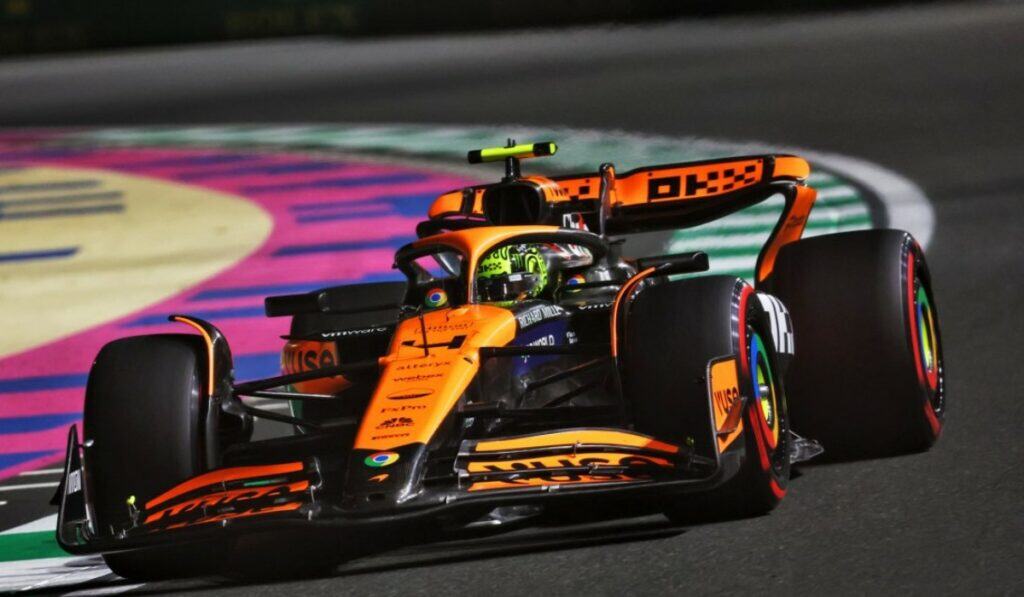
What’s Next for F1 Speed?
- Electric Power: The future may see further integration of electric power into F1 cars, offering more sustainable yet powerful engines.
- Aerodynamic Developments: New wing designs and changes in car shape will continue to improve speed and cornering capabilities.
- Lightweight Materials: Advances in materials will help F1 cars become even lighter without compromising safety or performance.
Why Formula 1 Cars Are Among the Fastest on Earth
F1 cars are among the fastest machines on the planet, capable of reaching speeds of up to 230 mph (370 km/h) on straightaways and cornering at extraordinary speeds. This impressive performance is achieved through a combination of powerful engines, advanced aerodynamics, precision handling, and cutting-edge technology. Whether it’s the thrill of high-speed straights or the artistry of tackling challenging corners, Formula 1 continues to push the boundaries of speed, creating one of the most exhilarating sports in the world.
FAQs
1. How fast do F1 cars go on a straight track?
F1 cars can reach speeds of up to 230 mph (370 km/h) on long straight tracks, but this can vary depending on the track and car setup.
2. How do F1 cars achieve such high speeds around corners?
F1 cars achieve high cornering speeds thanks to their aerodynamic downforce, advanced suspension systems, and high-performance tires.
3. What is the top speed recorded in F1?
The highest recorded speed in a Formula 1 race is 240.1 mph (386.7 km/h) by Juan Pablo Montoya at the 2005 Italian Grand Prix.
4. How fast do F1 cars go on average during a race?
On average, F1 cars maintain speeds between 130 to 150 mph (209 to 241 km/h) during a race, depending on the track layout.

